For centuries now, people have been worried about losing their jobs to technology. From the Luddites, destroying textile machinery in 19th century England, to the slightly concerned looks on the faces of the reception staff at a hotel I recently stayed at, when they told me that the renovations taking place in the hotel would include self check-in and check-out machines. Up until now, however, new technologies have generally led to new fields of work – so there have always been enough jobs out there. As A.I. become increasingly powerful though, we have to ask ourselves – it the Luddite fear about to become reality?
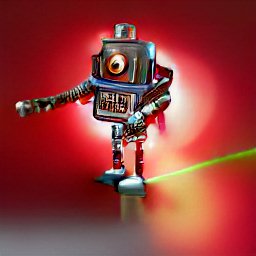
There are of course benefits to the steady march of technological progress. A future in which humans no longer have to engage in menial labour is something that is hopefully just around the corner. We will be free to dedicate ourselves to more intellectually challenging pursuits, to tasks that require creativity, passion and intuition. Unless the machines take over from us in those areas too.
And that might not be in the too far-distant future. For this article, for example, I am using images created, not by a human, but by the AI software, Craiyon., an open-source alternative to the rather impressive-looking Dall-E. Basically, what these programmes do, is turn text into images. You type what you want to see, and they ‘draw’ what you have asked for. As you can see, I have been trying to generate various ‘retro robots’ and ‘green alien slugs’. The results vary from the impressive to the disturbing – Craiyon does particularly unsettling things with human faces.
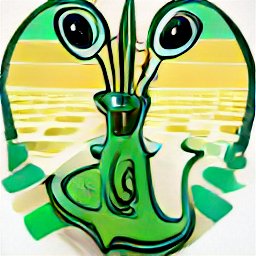
Is it Art?
What will this mean for human artists? I suspect not terribly much. Ask yourselves, what makes art special? It is the connection between the artist and the viewer. The thought, creativity and ‘soul’ that a person has poured into their work is what we as viewers connect with. In fact, the very foundations of the international art market is founded upon this connection. We humans are interested in personalities, in feeling that we have somehow entered into a relationship with the artist by owning their work. The value of art is intrinsically linked to the humanity (in all its facets) of the artist. ‘Art’ created by AI, however entertaining and useful, is not ‘art’ as it is impossible to connect with the artist.
Of course, such AI programmes will probably be detrimental to artists who create images (and what comes next – sculpts? music?) to pay their bills, because not all ‘art’ is treated as such. In many cases, the works of artists are not viewed as Art (with a big A), to be hung on the wall and appreciated, but as mere decoration to make something pretty or more eye-catching. In such cases, who cares if the images were created by a person or a machine? Especially if the machine is doing the work more cheaply. I can’t even pretend that I would always choose the human artist. I will use these AI services – they are quick and stress-free. But at the same time, I will also make a conscious effort to commission some real artists/illustrators and purchase some original works. And I will treasure the human effort and passion that has gone into that work.
How to Use Craiyon
To use Craiyon all you need to do is go to the website (www.craiyon.com), type what you want to see in the input field and wait about two minutes. You are then presented with nine different images, all based on the text you entered. You can easily lose track of time tweaking your text and seeing what happens. The following three examples were created using the text ‘a skull on a wooden table’ then ‘a lineart skull on a wooden table’ and finally ‘an oil painting of a skull on a wooden table’.
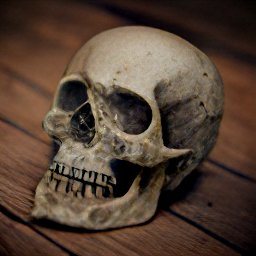
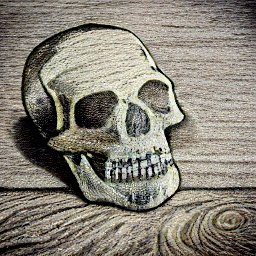
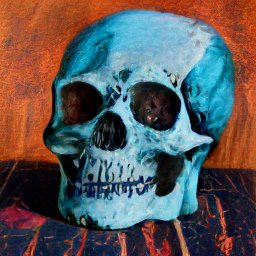
One thought on “Craiyon – AI Art”
Here is an interesting video looking at Midjourney – which I can’t review personally, as I don’t have access. https://youtu.be/704brywiyfw